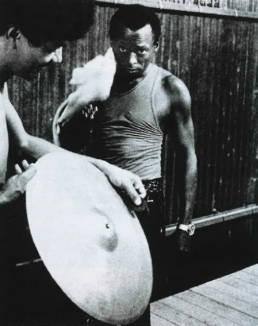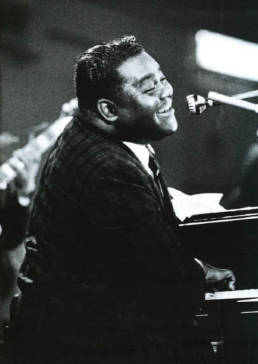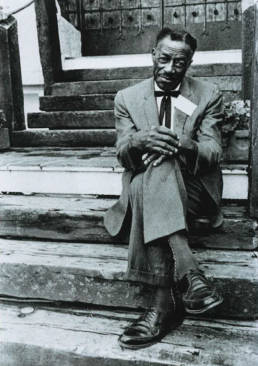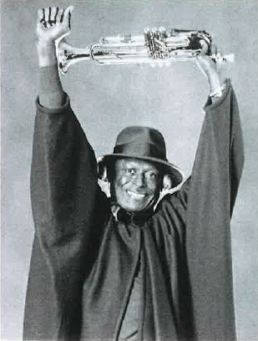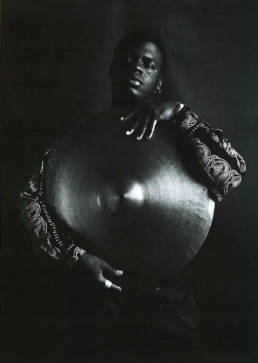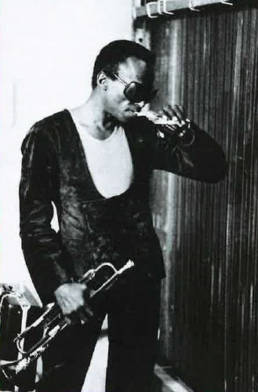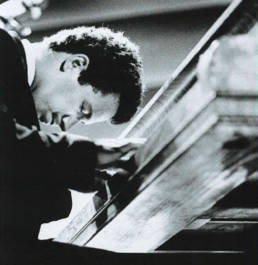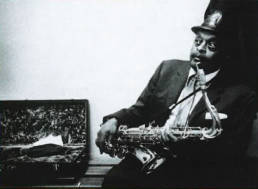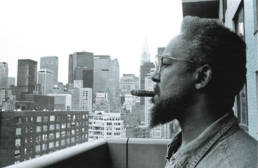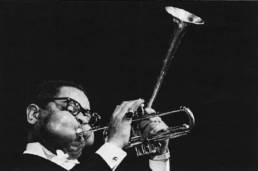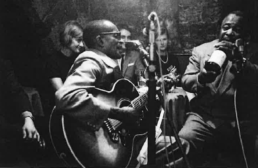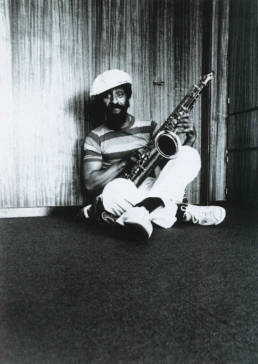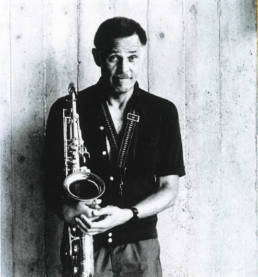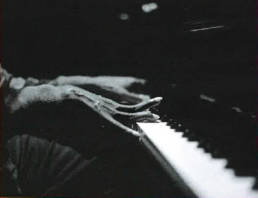Jazz and photography are old friends. As the visual memory of jazz, photography has, since its origins, left documentary traces that play an active part in the popular imagery and artistic recognition of this music. Let's remember the legendary trumpeter Buddy Bolden. We have no recordings of him, only a yellowed, blurred photo that contributes to his legend.
Jazz is an art of the instant, flowing over the duration of a chorus or concert. Photography is also an art of the instant, but one that is inscribed in space and plays with the dimension of surprise, where no repetition is possible. The "instantaneous photographic act" does not aim to freeze reality, but to render the movement of life in a still image, i.e. to surprise the emotion, anticipate the gesture, fix the ephemeral, tame the silence, arouse the unforeseeable. To do this, the photographer must become the subjective of the lens, the soloist of chance, the eye always on the alert, on the lookout for the "decisive moment" (as Cartier-Bresson spoke of), the "living moment" (Guy Le Querrec), the "desired moment" as Francis Marmande wrote.
"There is no love, only proof of love" wrote the poet Pierre Reverdy. We could paraphrase this adage by saying: "There is no jazz, there is only proof of jazz", the proof that each musician gives at every concert, in the risk of the moment. It's fun to extend the aphorism: "There is no such thing as a jazz photo, there are only jazz prints", black-and-white prints on paper that act as "revelators" of a truly photogenic musical world. Jazz is a music that can be seen and read in the musicians' bodies, their gestures, their hands, their postures, their gait, their gaze, their intimate relationship with the instrument, and so on.
All the photographs in this exhibition are proof of this: Monk's profile against the light of Charlie Rouse's tenor (a masterpiece by Guiseppe Pino); Keith Jarrett with his head buried in the bowels of his piano; Ben Webster's solitude in his dressing room before a concert; Stan Getz resting on a hotel room bed with his saxophone on his stomach; Dizzy Gillespie blasting away like a glass-blower on his bent trumpet, his toad-buff cheeks puffed out like balloons, etc.
As we look through this gallery of portraits, let's not forget William Claxton's sage advice: "Listen to my photos with your eyes."
Pascal Anquetil

